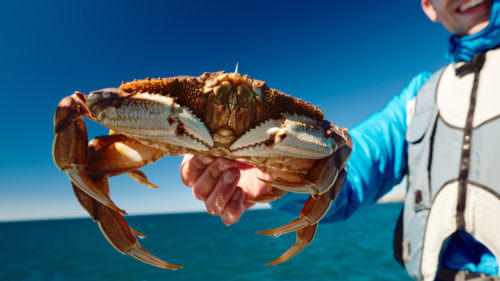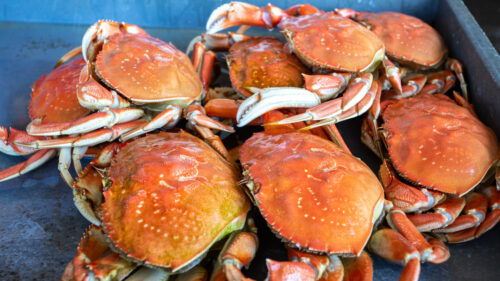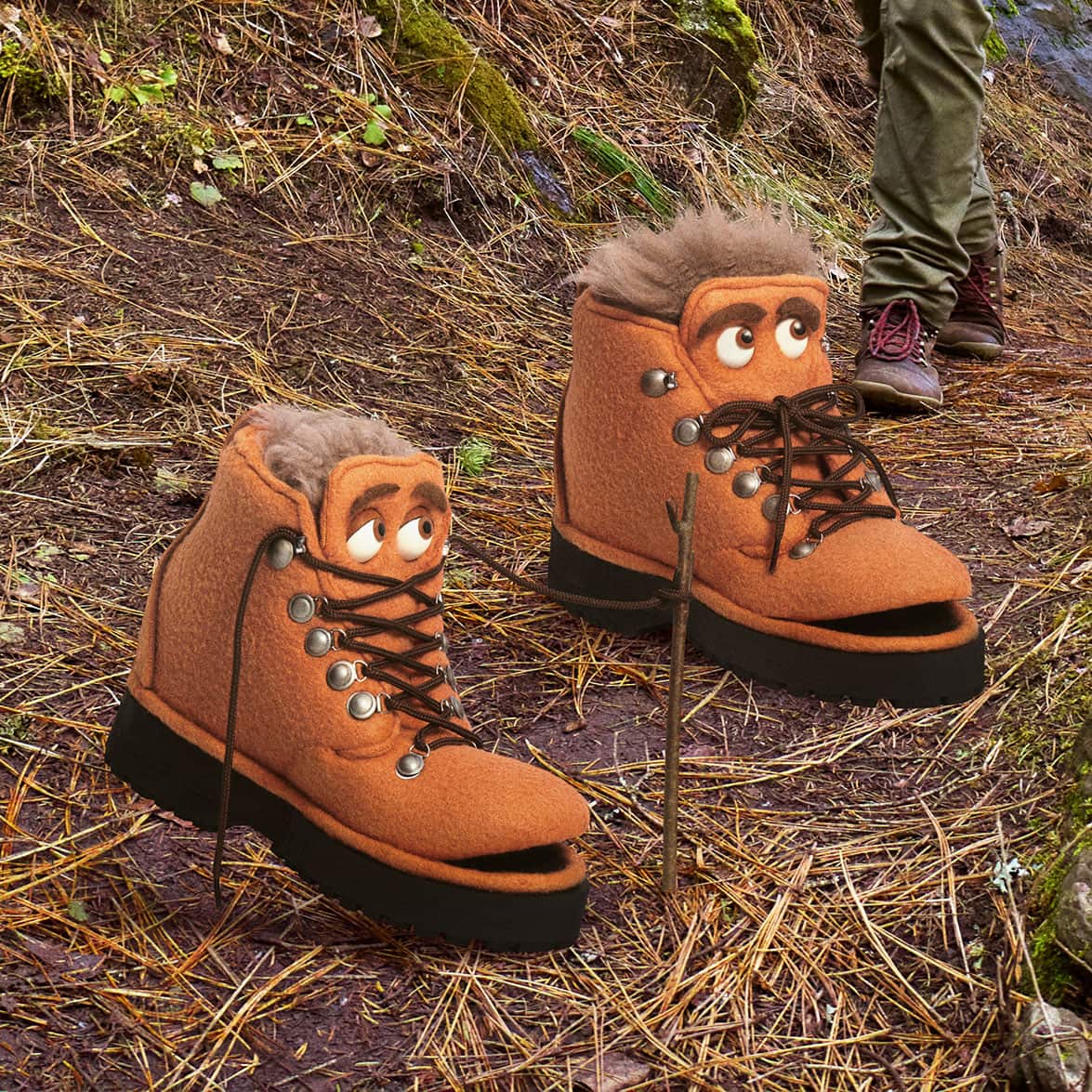You’ve heard about it, dreamed about it, and possibly even been there once or twice — or a million times.
It’s the Oregon Coast, the 363-mile-long stretch of spectacular coastline that is, by law, open to the public — every square inch of it. But it’s not just the sand and ocean that makes the Coast special. It’s the communities — from Astoria at the north to Brookings at the south — that make each coastal visit so uniquely different, warm, authentic and memorable for all.
Before you head out to the Coast this season, here are some top tips to make it the best experience for you and everyone around you.
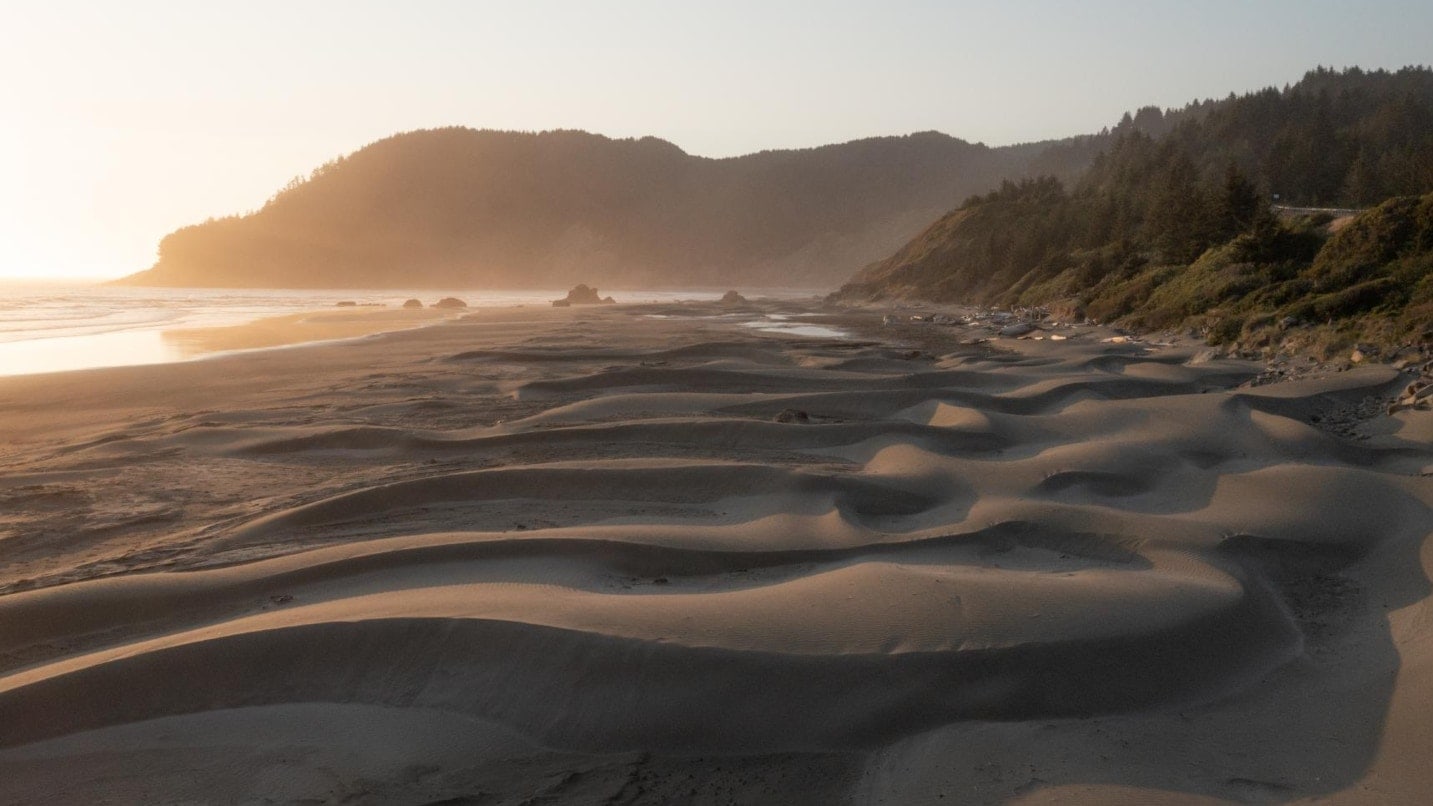
1. Be safe near the ocean
The Pacific Ocean is vast and beautiful, but also can be highly unpredictable and dangerous at times. Currents can change quickly even in calm weather, so never underestimate the conditions on a summer day.
- Sneaker waves are forceful waves that can suddenly roll onto the beach and carry whatever’s in its path out to sea. If you’re swimming, surfing, walking close to the ocean or even wading knee-deep, powerful rip currents can also pull people and pets out to sea and end in tragedy. Always make sure children are within close range, and be highly alert — never turn your back to the ocean.
- In winter, storms are common so it’s best to enjoy the high tides from a designated viewing point like a state park or a cozy hotel balcony or restaurant with an ocean view.
- All year-round, it’s critical to avoid standing close to the edge or below cliffs, since coastal cliffs are prone to erosion. Some terrain along the beach is known to be slippery: Avoid climbing on driftwood logs, rocks and jetties.
2. Avoid congestion
If you’ve ever driven to your favorite beach, trailhead or restaurant in the summer and were unable to find parking, you’re not alone. Summer is peak season at the Coast, as well as spring and winter breaks and holidays. Dealing with parking hassles, traffic, long waits and crowds isn’t pleasant. But there are so many ways to avoid the congestion if you plan ahead. Here are a few tips:
- Visit on a weekday, go early, or go in the winter for the fewest crowds. Visiting the Coast with a cool mist or layer of fog and hardly anyone around is a blissful and uniquely Oregon experience. (Related tip: It’s best to wear layers to the Coast, any time of year. Weather can be unpredictable, ranging from cool and dewy to rainy and windy to hot and dry. Sunscreen, hats, sunglasses and fleeces/raincoats are standard coastal garb.)
- Head south. The North Coast communities tend to be the most crowded, so head south to the Central or South Coast for plenty more rugged coastline, outdoor and culinary opportunities and inviting communities.
- Consider going car-free to the North Coast, Central Coast or South Coast. Take a bus or shuttle; ride a bike from your lodging; book a tour that includes transportation from major cities like Portland.
- Pay attention to parking rules, and know that if you park along Highway 101 or in areas designated for parking you may receive a ticket or a fine. Know if your destination requires a parking permit.
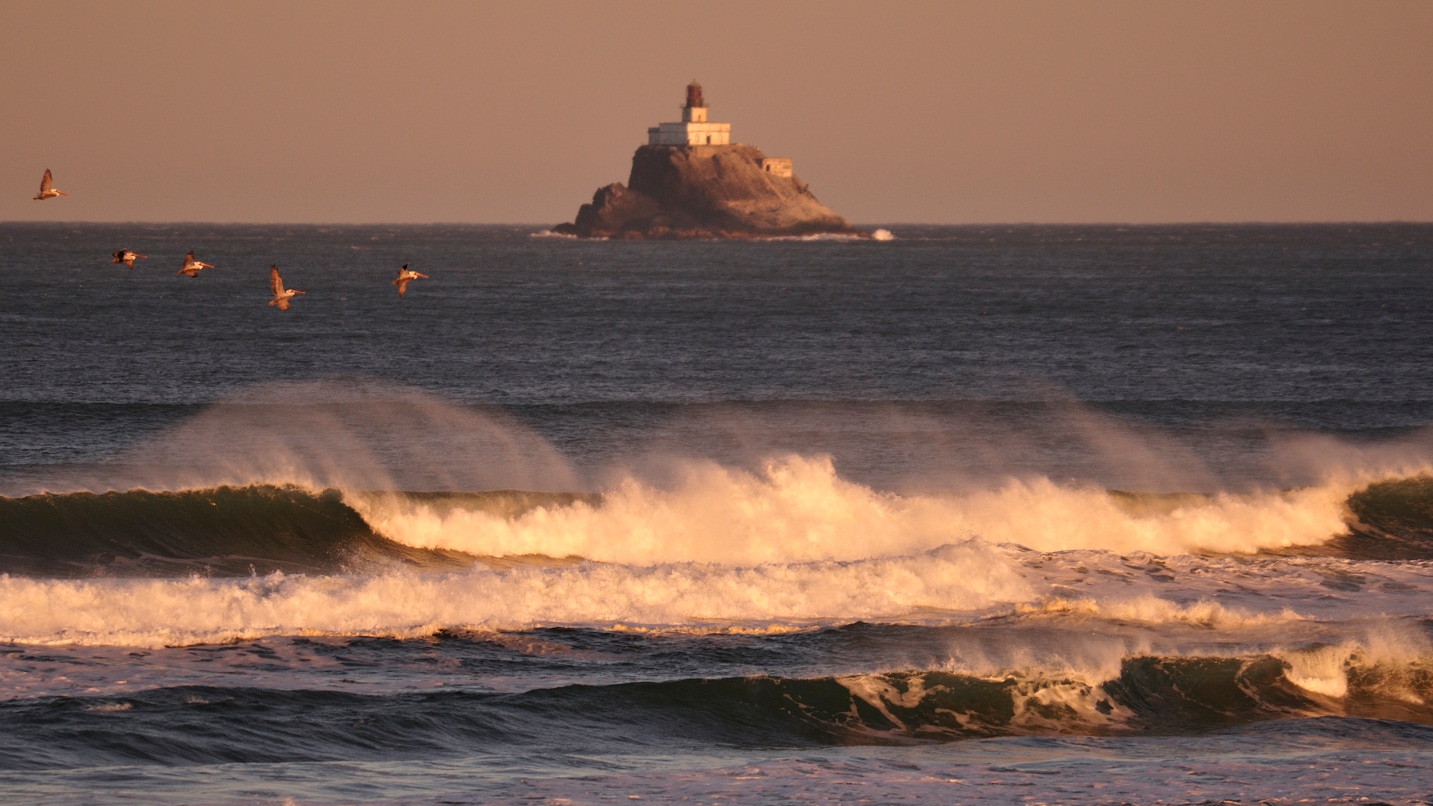
3. Know tide pool etiquette
Oregon’s tide pools are a sight to behold — small-scale ecosystems filled with colorful sea urchins, anemone, sea stars and more. They are beautiful and make for amazing learning experiences and photographs. But they’re also extremely fragile, and visitors should be aware of a few important rules before heading out.
- Walk on bare and dry rocks to avoid crushing or harming coastal creatures. Use caution and stay off slippery rocks (especially those covered in seaweed).
- Keep dogs out of tide pool areas.
- Keep a lookout for unexpected sneaker waves; never turn your back on the ocean.
- It’s wise to look up the tide pattern before venturing out so you don’t get stranded at high tide. Find tide tables and other best practices here.
4. Be a steward while beachcombing
Collecting beach treasures is a favorite pastime for many Oregon Coast visit. As a steward of the Coast it’s important to keep in mind some guidance around beachcombing.
- Respect the nature of the coastline as a life-giving habitat and carefully explore the beaches, rocky shores and tide pools. It is legal to collect small quantities of driftwood, shells, agates and other non-living natural products as souvenirs for non-commercial, personal use. However, please use restraint: Removing coastal plants, rocks, shells and other items may disturb sensitive habitats, so consider taking a photograph instead.
- Know the rules: Collecting debris is restricted or not permitted in some areas managed by the Oregon Department of Fish and Wildlife such as the Marine Gardens, Research Reserves, Habitat Refuges and Marine Protected Areas and Marine Reserves. Find out more.
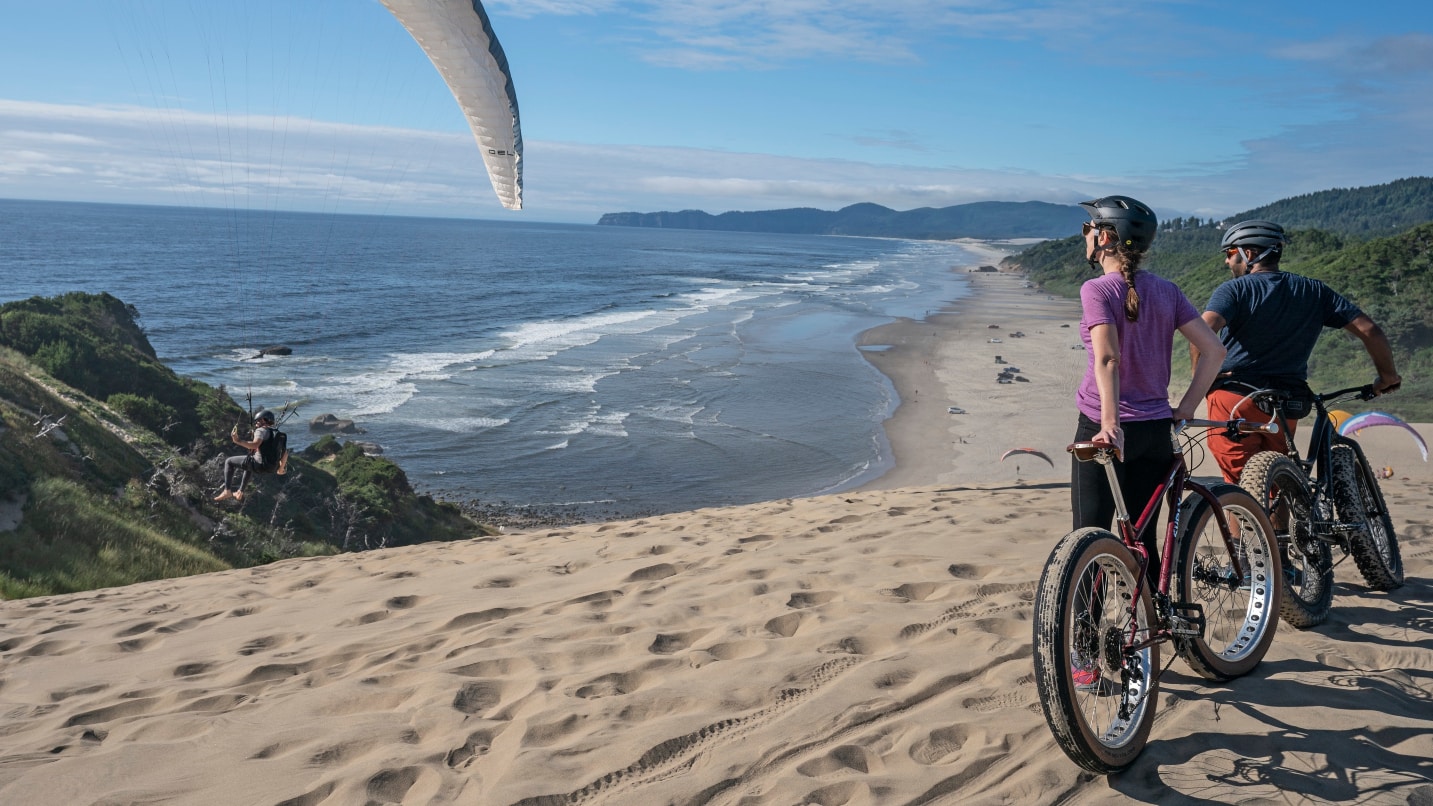
5. Keep it clean and beautiful
No one likes to see trash on the beach, on a trail or in a downtown shopping district — whether it’s a napkin from your ice cream, a straw from your milkshake, a plastic bottle from your picnic (pack a reusable water bottle instead) or the absolute worst: a baggie of pet waste. Do your part to leave the place better than you found it for everyone’s enjoyment — and for the health of the wildlife that live there. Baby seals, snowy plovers (a federally and state threatened shorebird), silverspot butterflies and countless other species call this space home. Human food scraps can be harmful and even deadly to many species and can attract scavenging wildlife.
- Wherever you are, find a trash can and dispose of all waste properly. If you don’t see one, pack it out with you. The coastline thanks you.
- If you’re really motivated to keep the coastline clean, consider joining in an organized cleanup event with a volunteer group like SOLVE or Sea Turtles Forever. In Seaside you can join in a monthly Treasure the Beach cleanup event or go on your own and earn beach cleanup coins to redeem at local coffee shops.
6. Follow pet rules
We all love our furry friends, and want them to spend time with them as much as possible when we visit the Coast. Many lodgings, restaurants, brewpubs and trails are extremely pet-friendly. However if you plan to bring your dog to the Coast, follow these tips:
- Leash up if your dog does not reliably respond to voice commands. Even if your dog is off-leash, carry a leash and be ready to leash if necessary. Dogs should be leashed within state parks and anywhere signs are posted to avoid disturbing sensitive ecosystems.
- Check the pet rules for each area before you go. Some sensitive areas are closed to dogs, including Nestucca Bay, Siletz Bay or Oregon Islands National Wildlife Refuges.
- Never allow dogs to approach seals or seal pups, for the safety of both the dog and the seal.
- Between nesting season for snowy plovers (March 15 to Sept. 15), dogs are not permitted on designated plover beaches as they may inadvertently disturb the nesting birds.
For more excellent detailed tips and resources, read up on how to be kind to the Coast.
